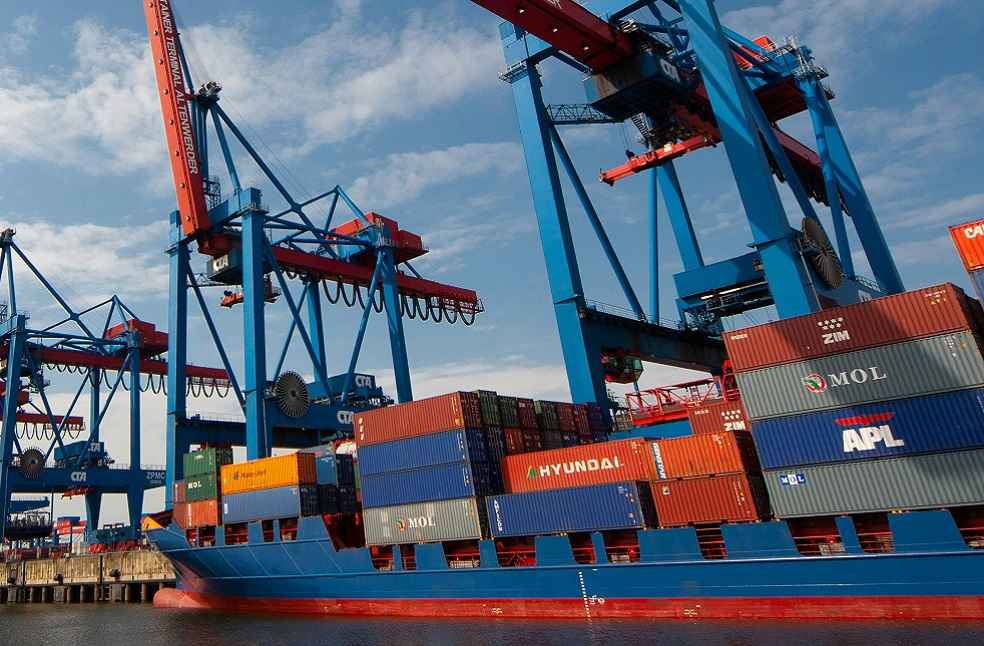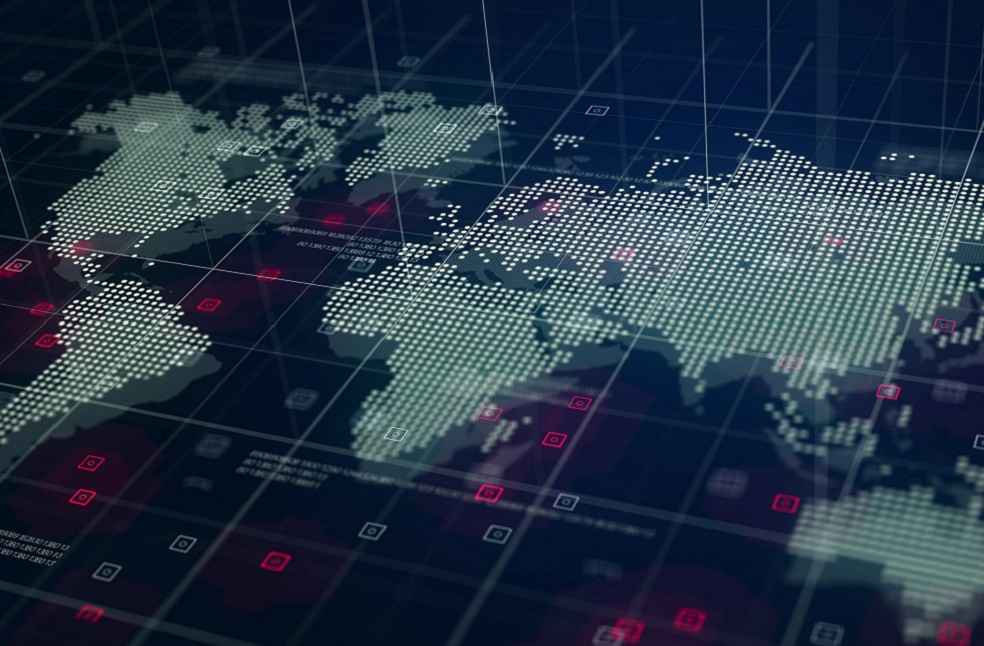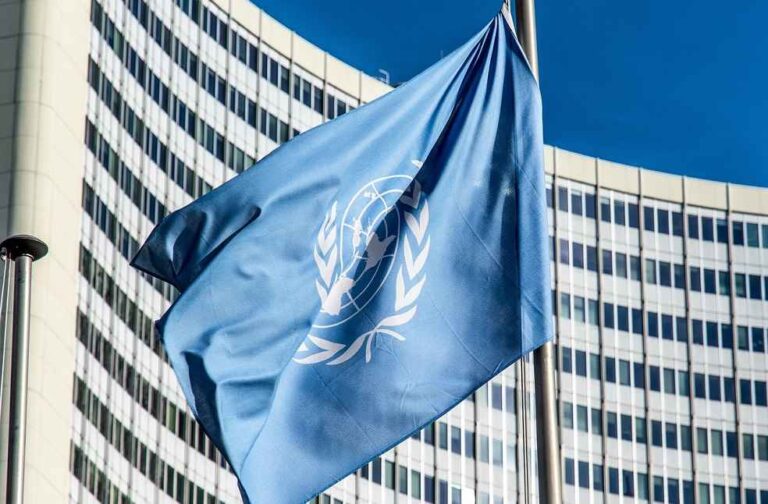These disruptions stem from a confluence of global geopolitical crises, including Red Sea attacks, the ongoing war in Ukraine, and unprecedented low water levels in the Panama Canal.
Jan Hoffmann, a UNCTAD trade expert, highlighted that these combined events have led to a substantial increase in shipping costs, directly impacting energy and food prices, and escalating inflation risks. Notably, since November, when Yemen’s Houthi rebels commenced attacks on ships in the Red Sea, key players in the shipping industry have ceased operations via Egypt’s Suez Canal. This crucial waterway, which accounted for 12% to 15% of global trade in 2023, experienced a staggering 42% drop in trade volume in just two months.
The Houthi rebels, engaged in a conflict with a Saudi-led coalition in Yemen since 2015, have carried out at least 34 attacks affecting the Suez Canal’s access routes. These actions have prompted retaliatory strikes from the United States and Britain, yet the assaults persist.

Hoffmann pointed out that these events coincide with other stressors on major trade routes. The war in Ukraine, which began with Russia’s invasion on February 24, 2022, has altered oil and grain trade routes, including those through the Black Sea.
Further exacerbating the situation, severe drought has led to the lowest water levels in decades in the Panama Canal, significantly limiting vessel transits. In December, the canal saw a 36% decrease in transits compared to the previous year and a 62% decline from two years ago.
The Red Sea crisis, Hoffmann explained, particularly impacts the transport of grains and other commodities from Europe, Russia, and Ukraine, raising consumer costs and posing severe risks to global food security. This is especially true for regions like East Africa, South Asia, and Southeast Asia, which depend heavily on wheat imports from Europe and the Black Sea region.

In response to these challenges, over 300 container vessels, representing more than 20% of the global container capacity, are diverting from or seeking alternatives to the Suez Canal. Many are opting for the longer and costlier route around the Cape of Good Hope in Africa.
Hoffmann also noted that ships carrying liquified natural gas have completely stopped using the Suez Canal due to attack fears. Shipping spot rates from Shanghai have skyrocketed, with increases of 122% to Europe and 162% to the U.S. West Coast since early December.
“This crisis has a global impact, as ships seek alternative routes, avoiding the Suez and the Panama Canal,” Jan Hoffmann stated, underscoring the far-reaching consequences of these disruptions on international trade.
IMEX SECTOR | Canada’s Bid for Australian Beef Market: Rigorous Review Underway



